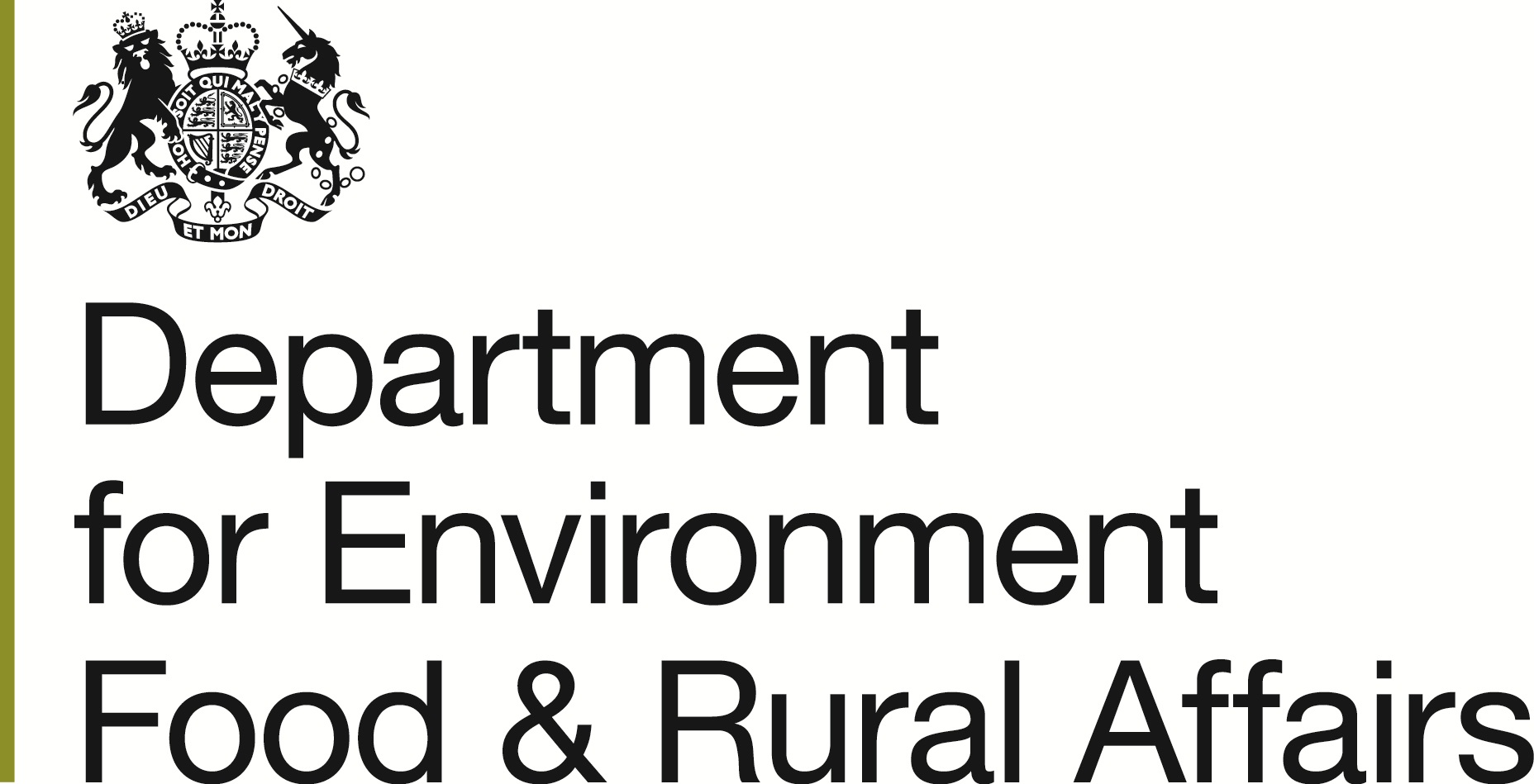What we do
What the Programme will pay for
The programme will pay for projects that, in the opinion of the Local Assessment Panel, provide value for money and meet at least one of the outcomes listed below, under four themes.
Your project must also help to deliver at least one of the eleven ‘short-term outcomes’ and one of the Top 10 Conservation Priorities, identified in the North Pennines AONB Management Plan.
The kinds of projects the programme might support include:
- Promoting connectivity between habitats
- Creating scrapes, ponds or other wetland to support a variety of wildlife
- Grassland restoration
- Re-wilding an area of land and promoting natural processes
- Gathering data and evidence to help inform conservation and farming practice
- Providing new or easier access opportunities, links to the rights of way network or interpretation of farming and of the natural and historic features
- Working with new audiences to enable them to experience the Protected Landscape
- Parking improvements at a key site to provide safe access to popular walking routes and reduce congestion for visitors and for local residents
- Restoring drystone walls or hedges
- Conserving historic features on a farm, such as lime kilns or lead mining heritage
- Action to reduce carbon emissions, or the use of plastics, on a farm
- Planning for nature conservation, energy efficiency and business resilience, including in farmer clusters
Payment rates
If an applicant will not make a commercial gain through a project, they could receive up to 100% of the costs. Where an applicant would benefit commercially from a project, they could receive between 40% and 80% of the costs through the programme, depending on how much commercial benefit the project will give them. The programme will work alongside – not in competition with – Defra’s existing and new schemes, adding value where it is most needed. If a potential project can be rewarded through those schemes instead, you will be made aware of them.
If an activity is equivalent to one under Countryside Stewardship (CS), the programme payment rate will be the same as the CS rate. If not, we will base programme funding offers on the projected costs of an activity (with final payments made against evidenced costs).
Farming in Protected Landscapes and other funding sources
The Programme will work alongside – not in competition with – Defra’s existing and new schemes, adding value where it is most needed. If a potential project can be rewarded through those schemes instead, you will be made aware of them. Note that those seeking support for machinery to increase productivity should utilise the Countryside Productivity Scheme https://www.gov.uk/guidance/countryside-productivity-scheme#countryside-productivity-scheme rather than project grants through Farming in Protected Landscapes
Large scale tree planting may be best delivered through Forestry Commission funding including the England Woodland Creation Offer https://www.gov.uk/guidance/england-woodland-creation-offer
We are also expecting large scale peatland restoration to be delivered through the Nature for Climate Fund. Anyone wishing to undertake peatland work should contact the AONB Partnership’s Peatland Programme manager, Paul Leadbitter.
Farming in Protected Landscapes
Contact us
If you have a question about the Farming in Protected Landscapes Programme, please email FIPL@northpenninesaonb.org.uk or call 01388 528801 (please note that our office is not always staffed full time as we emerge from the pandemic).
Funded by


